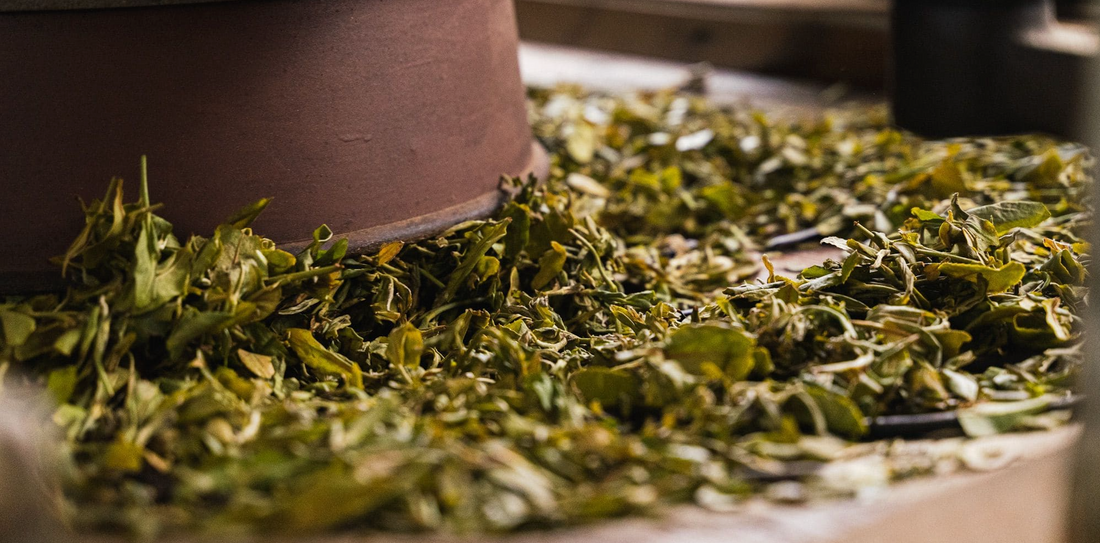
Oxidation vs Fermentation in Chinese Tea
Share
Chinese tea is renowned for its diverse flavors, aromas, and traditions, much of which stems from how it’s processed. Two key processes that shape Chinese tea are oxidation and fermentation. Though often confused, these are distinct methods that significantly impact the character of the tea.
Oxidation in Chinese Tea
Definition: Oxidation occurs when enzymes in the tea leaves react with oxygen. This natural process alters the leaves' color, aroma, and flavor. It is carefully controlled during processing to create different tea types.
Role in Chinese Tea:
- Green tea: Virtually no oxidation. Leaves are quickly heated to preserve their fresh, grassy flavor (e.g., Longjing or Lushan Yun Wu).
- White tea: Minimal oxidation, often dried naturally, yielding delicate, floral, or honey-like notes (e.g., Bai Mudan).
- Oolong tea: Partially oxidized, producing a wide range of flavors, from floral and fruity to roasted and nutty (e.g., Tie Guan Yin, Da Hong Pao).
- Black tea (called Hong Cha in China): Fully oxidized, resulting in rich, malty, or sweet profiles (e.g., Yunnan Golden Tips, Golden Needles).
Control: Heat is applied to stop oxidation at a desired level, preserving specific flavors.
Fermentation in Chinese Tea
Definition: In tea terminology, fermentation refers to microbial activity, which is distinct from oxidation. This is common in post-fermented teas, where microorganisms alter the tea's chemical composition over time.
Role in Chinese Tea:
- Pu-erh tea: The most famous example of fermented Chinese tea, it can be raw (Sheng) or ripe (Shou). Sheng Pu-erh undergoes natural fermentation over years, while Shou Pu-erh is fermented quickly under controlled conditions. The result is earthy, woody, or sometimes fruity flavors.
- Dark teas (Hei Cha): These are fermented teas from various regions, known for their rich, smooth, and sometimes tangy characteristics.
Cultural Significance: Fermented teas, especially Pu-erh, are highly valued in Chinese tea culture for their health benefits, ageability, and symbolic connection to time and transformation.

Oxidation vs Fermentation in Chinese Tea
| Aspect | Oxidation | Fermentation |
|---|---|---|
| Process | Enzymatic reaction with oxygen | Microbial activity influencing the tea |
| Control | Managed by exposure to air and heat | Managed through aging or microbial cultures |
| Tea Types | Green, White, Oolong, Black | Pu-erh, Hei Cha |
| Flavor Impact | Floral, fruity, malty, or roasted | Earthy, rich, tangy, or aged |
Why It Matters
Chinese tea production is a harmonious blend of nature and human expertise. Oxidation and fermentation showcase the skill of tea masters in crafting teas that range from delicate and refreshing to robust and complex. These processes not only shape the tea but also embody Chinese cultural values—balance, patience, and a deep connection to the rhythms of nature.
Would you like a deeper look into specific Chinese tea types or their traditional preparation methods?

